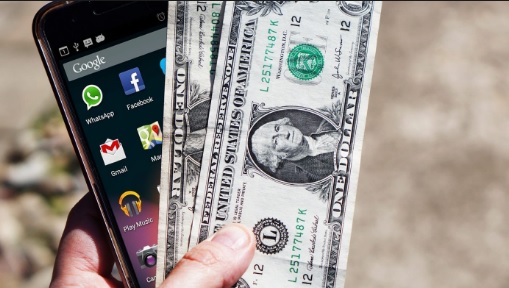Rising internet penetration, denser urban locations, faster paced lifestyles and challenging working hours are adding more and more layers of complexity to consumers’ lives. According to the World Health Organization, “workplace stress is the health epidemic of the 21st century,” and multiple agencies have tracked the steady rise of anxiety related illnesses around the world. Consumers are feeling more stretched than ever before, and are increasingly striving for convenient solutions which help to simplify their busy lives.
Around the globe, consumers need and look for convenience in all forms—whether simplicity, time saving or suitability. When it comes to the fast-moving consumer goods (FMCG) space, convenience is not only about store formats, products or packaging. It means more than the latest technologies or new engagement strategies. Rather, it is about every encounter, interaction and action that can help fulfil consumers’ growing demand for efficiency.
The Nielsen Quest for Convenience report looks at changing consumer needs around the world, specifically focusing on factors driving consumers’ increasing need for convenience, to provide global FMCG players with key insights, indicators and solutions to successfully tap into the rapidly rising need for convenience.
Advancing beyond simple communications purposes, mobile devices have become a constant companion with powerful benefits. Among global respondents, 74% say they appreciate the freedom of being connected anywhere, anytime, and 70% strongly or somewhat agree that their mobile device has made their life better. This constant connectivity has not only changed the way we keep in touch, but also the way we shop, bank and pay for goods and services.
 The world of commerce is being transformed as consumers use their mobile devices to conduct product research, look for deals or coupons and, increasingly, purchase goods and services from virtually any store from nearly anywhere in the world. Mobile devices are also transforming the banking and payments industry, creating more ways to save and pay than ever before. They’re providing financial inclusion to the estimated 2 billion unbanked consumers around the world.
The world of commerce is being transformed as consumers use their mobile devices to conduct product research, look for deals or coupons and, increasingly, purchase goods and services from virtually any store from nearly anywhere in the world. Mobile devices are also transforming the banking and payments industry, creating more ways to save and pay than ever before. They’re providing financial inclusion to the estimated 2 billion unbanked consumers around the world.
“Mobile commerce has enormous implications for the entire retail ecosystem,” said Stuart Tagg, Financial Services Leader, Nielsen Europe. “Mobile devices are not only bringing new consumers into the modern, connected economy, but they are also enabling a more customized experience, as products and services can be more closely tailored to behaviors, needs and preferences. But driving higher adoption and usage starts when companies develop a deep understanding of how consumers are shopping and transacting in a digital world and then use that understanding to design strategies around their habits and preferences.”
Shoppers today no longer simply go to the nearest store; they grab the nearest digital device. The online retail ecosystem is fast evolving. Digital analytics firm eMarketer projects that online retail sales will more than double between 2015 and 2019 and account for more than 12% of global sales by 2019. Retail therapy is giving way to e-tail therapy.
And it’s not just purchasing habits that are going digital: The whole retail experience is changing. Today’s shoppers are incorporating digital touch points along the entire path to purchase, from reviewing products online at home to using smartphones as personal shopping assistants in the store. In fact, in some countries, such as China, consumers are using mobile devices to purchase selected categories at high rates. Omnichannel shoppers seamlessly switch between on and offline channels with ease.
As technology adoption and infrastructure improvements bring more consumers online and familiarity and comfort with digital platforms increase, the continued growth of connected commerce is inevitable. But today there is much uncertainty about the convergence between online and offline shopping behavior and how to drive margin and profitability in both.



